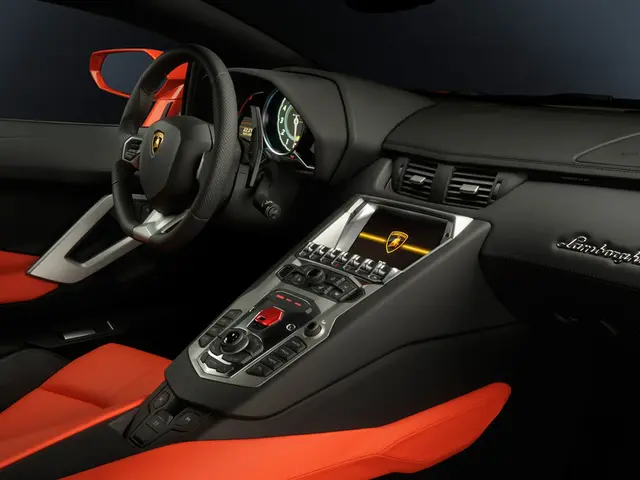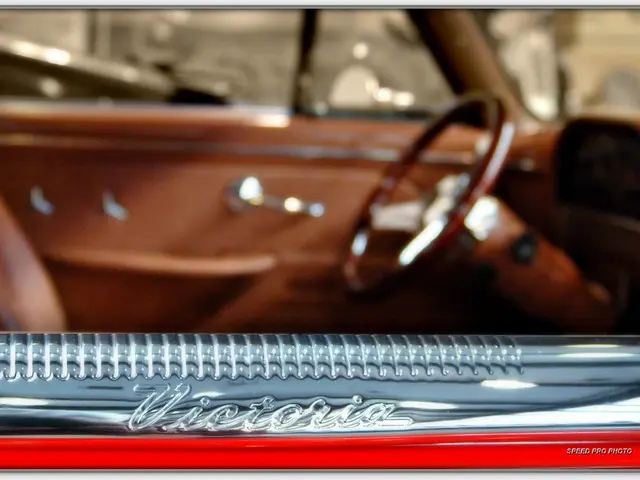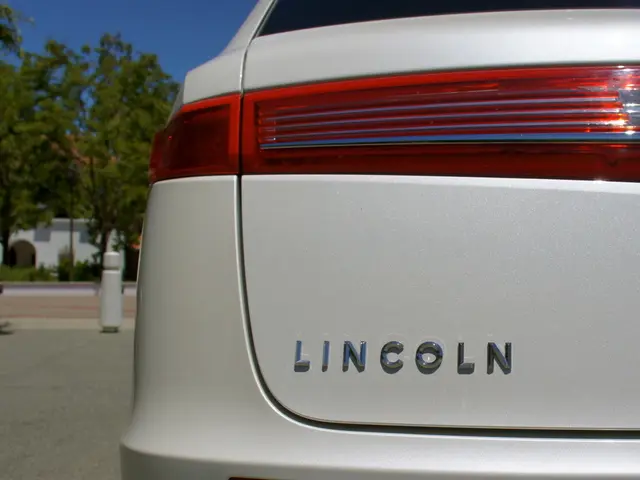Camera-Driven Dreams: Musk's Vision for Robo-Taxis this Month
Robotaxis from Musk set for launch this month.
Elon Musk is on a mission to elevate Tesla's status, aiming to leapfrog competitors in the autonomous car sector. Yet, worries about safety persist as Musk pushes the boundaries.
Tesla's pioneering robotaxi service could launch on June 22, though delays may occur due to a stringent focus on safety, as tweeted by Musk on X. Initially, Musk had announced that a small fleet of 10 to 20 vehicles would debut in a part of Austin, Texas.
By June 28, Tesla plans to deliver a Model Y vehicle, made in Austin, directly to customers' doors without a driver—a daring move in the autonomous vehicle realm. Musk intends to use standard Model Y vehicles for this service, opting against lidar sensors, a preferred choice among top robotaxi providers like Waymo.
Lidar, or lidar sensors, are crucial for detecting objects and people even in challenging lighting conditions. But Musk is betting on cost savings, claiming that modern Teslas are, in essence, ready for self-driving, eliminating the need for lidar. Dubbing his fleet of millions of self-driving Teslas as a future market leader, Musk is not shy about making bold promises.
Waymo, the tech titan’s sister company, currently boasts over 1,500 robotaxis running 250,000 passenger trips per week in four US cities. Tesla has demonstrated autonomous driving at a Warner Bros. event, showcasing a robotaxi devoid of a steering wheel or pedals—scheduled for production next year. However, similar to Waymo's vehicles, remote control capabilities are an option for Tesla.
The Tech-focus: Sensor Technology and Optimal Design
- Tesla's camera-trusting approach deploys eight external cameras and AI-enhanced neural networks, disregarding the depth perception and redundancy advantages provided by lidar.
- Waymo's hybrid strategy employs a combination of lidar, radar, and cameras, granting a safety edge in complex urban conditions due to superior depth perception and sensor redundancy.
The Reliability Race: Who's Really Steering the Way?
- Waymo's Level 4 robotaxis can function sans driver in identified areas—an industry milestone earned through rigorous real-world testing, meticulous mapping, and comprehensive sensor backup.
- Tesla's self-driving system is still rated below Level 4, requiring human oversight in all situations. Recent tests in San Francisco revealed ambiguities and poor performance by Tesla's system, with Waymo's vehicles displaying superior operational reliability.
The Future of Automobiles: Tesla versus Waymo
| Feature | Camera-Centric Tesla | Lidar-Empowered Waymo ||------------------------|----------------------------|--------------------------|| Sensor Redundancy | Low | High || Depth Perception | Low | Exceptional || Autonomy Level | Below Level 4 | Level 4 || Real-world Reliability | Inconsistent performance | Superior reliability || Human Supervision | Always needed | Conditional supervision |
Insider Insights and Professional Observations
- Independent analysis consistently indicates that Waymo's system reigns supreme in complex urban scenarios, with fewer dangerous or unpredictable behaviors.
- Tesla's Autopilot chief admitted to being a few years behind Waymo in self-driving technology, pinpointing the difficulties of a camera-only approach versus sensor fusion.
- Waymo's safety record and operational readiness in deployed cities set it apart as a market leader in the autonomous vehicle race.
The Takeaway
Robotaxis utilizing Tesla's camera-centric technology face hurdles in complex, real-world environments where sensor redundancy and depth perception are essential for safety and reliability. Waymo's hybrid robotaxis, on the other hand, offer superior performance and real-world reliability thanks to their sensor fusion and advanced depth perception.
- Despite Elon Musk's bold promises for Tesla's autonomous vehicle technology, the camera-centric approach, disregarding lidar sensors, may face challenges in providing sufficient depth perception and sensor redundancy essential for safety and reliability in complex, real-world environments.
- As Waymo continues to dominate the autonomous vehicle realm with its hybrid approach, employing a combination of lidar, radar, and cameras, its superior depth perception, sensor redundancy, operational readiness, and real-world reliability underscore its status as a market leader in the race for self-driving technology.








